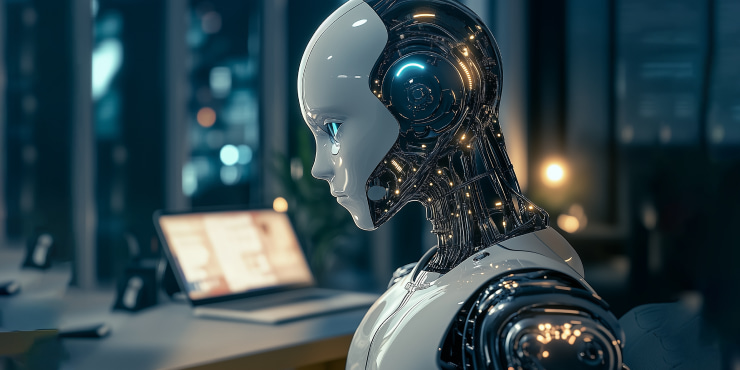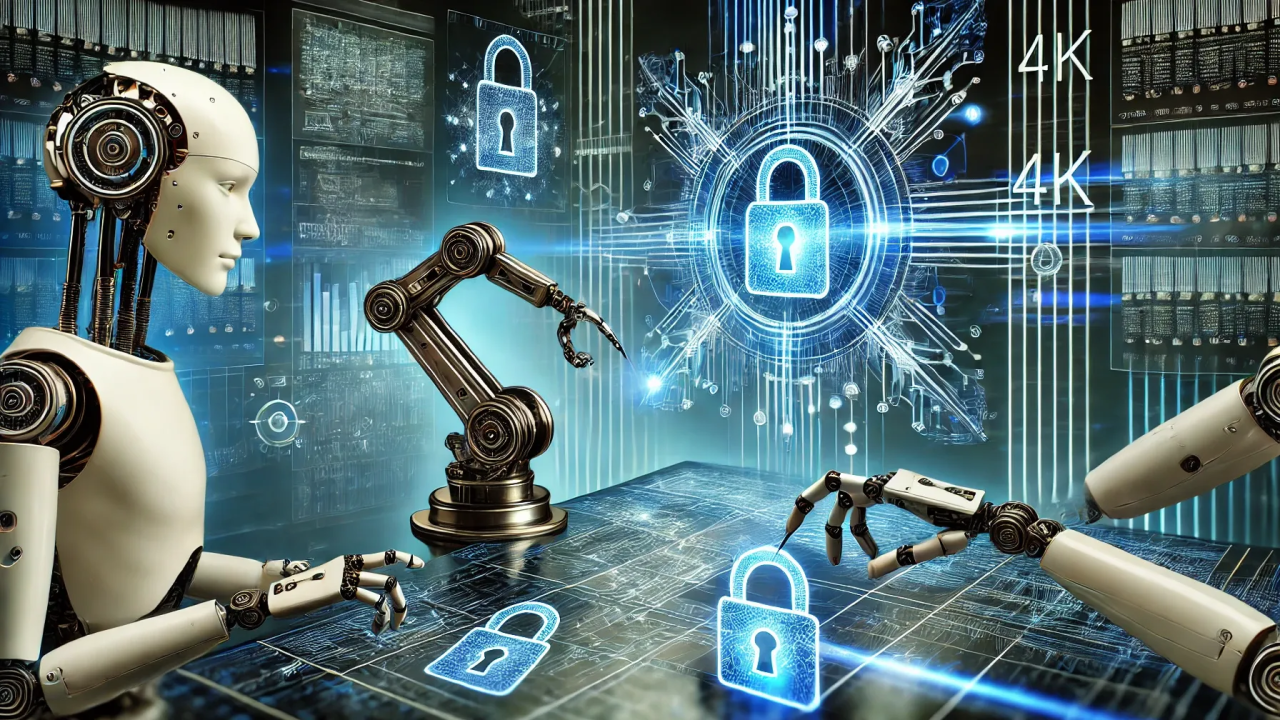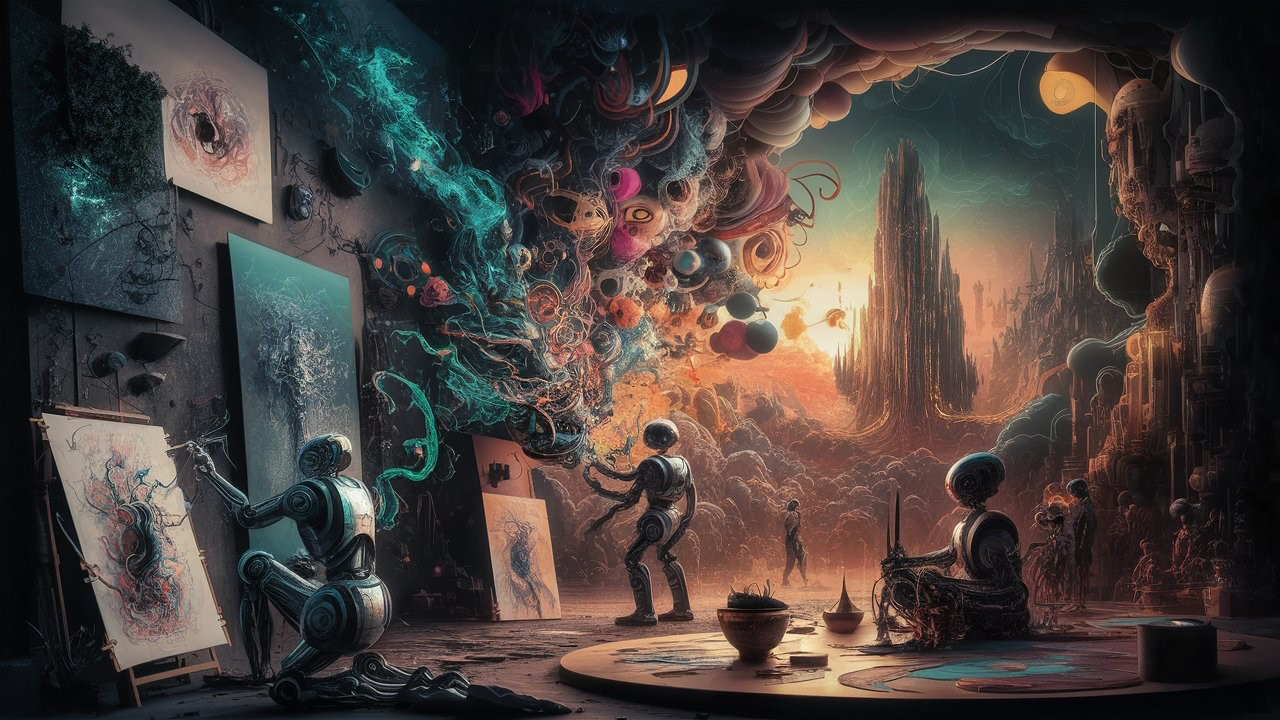Introduction: The New Muse of the Creative World
The fusion of artificial intelligence and creativity may have once seemed like a contradiction. But today, generative AI is changing creative industries at an unprecedented pace. From AI-generated art and music to automated content writing and even fashion design, creatives across the globe are leveraging machine intelligence to push boundaries, boost productivity, and reimagine what’s possible.
In this article, we’ll explore how generative AI is reshaping creative fields such as art, music, writing, film, and fashion—highlighting both the opportunities and the ethical considerations that come with this technological revolution.
What is Generative AI?
Generative AI refers to algorithms that can create new content from scratch. Unlike traditional AI that focuses on classification or prediction, generative AI systems—like OpenAI’s GPT models or DALL·E—can produce text, images, music, code, and more based on patterns they’ve learned from vast datasets.
Key technologies powering generative AI include:
- Neural Networks (especially GANs and transformers)
- Natural Language Processing (NLP)
- Diffusion Models
- Reinforcement Learning
These tools don’t just replicate human creativity—they amplify and expand it.
Art: Redefining the Role of the Artist
AI-generated art is one of the most visually striking examples of generative AI in action. Tools like DALL·E, Midjourney, and Stable Diffusion can produce photorealistic images, abstract paintings, and surreal compositions in seconds—based on just a text prompt.
Artists now use generative AI to:
- Brainstorm ideas faster
- Experiment with new visual styles
- Collaborate with machines to co-create unique works
- Sell AI-generated pieces as NFTs or digital assets
Far from replacing human artists, AI acts as a creative partner, opening doors to styles and interpretations previously unexplored.
Example:
Refik Anadol’s AI-driven installations blend data and art to create immersive digital experiences displayed in galleries and museums worldwide.
Music: The Sound of Machine-Driven Melody
AI is also composing music—from ambient tracks to entire symphonies. Platforms like Amper Music, AIVA, and Google’s MusicLM allow creators to generate music in various genres using minimal input.
Benefits for musicians:
- Speed up the composition process
- Generate background scores for games, films, and ads
- Overcome creative blocks
- Customize soundtracks for personal or commercial projects
Generative AI democratizes music production, allowing even non-musicians to experiment with sound.
However, there’s growing debate over originality. Can AI-generated songs be copyrighted? Should AI get credit as a “composer”? These are pressing questions for the music industry.
Writing & Content Creation: A New Era for Storytelling
Generative AI tools like ChatGPT, Jasper, and Sudowrite are revolutionizing writing. From generating blog posts to poetry, scripts, and marketing copy, AI is increasingly part of the writing process.
Applications in content creation:
- Automating marketing copy and ad headlines
- Assisting writers with story ideas and plot development
- Translating content into multiple languages
- Drafting social media posts and email campaigns
Writers aren’t being replaced; they’re being augmented. AI handles the mundane, allowing humans to focus on creativity and emotional depth.
Still, there’s a thin line between assistance and plagiarism. Ensuring originality and authenticity in AI-generated content remains crucial.
Film and Animation: The Rise of AI Storyboards and Scripts
In film, generative AI is making pre-production and storytelling more efficient. Tools like RunwayML and Synthesia offer capabilities like:
- Automatic video editing
- Scriptwriting based on a prompt
- Voice synthesis and lip-syncing
- AI-generated avatars and scenes
Filmmakers are using AI to storyboard scenes, prototype scripts, and even create deepfake characters—cutting costs and speeding up workflows.
Major studios are experimenting with AI in casting, scene simulation, and dubbing. While exciting, these advancements also prompt ethical concerns about deepfakes and authenticity.
Fashion: Designing the Future with Data
Generative AI is gaining traction in fashion design, offering brands:
- Predictive trend analysis
- AI-assisted sketching and textile design
- Virtual try-ons with generative avatars
- Mass customization at scale
Startups like The Fabricant and Revery AI are blending fashion with machine learning to create virtual fashion for the metaverse, AI-designed apparel, and sustainable, low-waste production models.
In this landscape, designers collaborate with AI to generate never-before-seen patterns, silhouettes, and digital fashion lines—all with astonishing speed.
Benefits of Generative AI in Creative Fields
- Enhanced Productivity: Automates repetitive tasks, freeing up time for strategic thinking.
- Expanded Possibilities: Enables the creation of ideas and concepts that humans alone may not conceive.
- Lower Barriers to Entry: Anyone with an idea can create, regardless of skill level.
- Cost Reduction: Speeds up processes like content creation, editing, and design.
Challenges and Ethical Considerations
- Originality and Ownership: Who owns AI-generated content—the user, the developer, or the model?
- Job Displacement: Will AI reduce demand for certain creative roles?
- Bias and Representation: Generative models can reproduce societal biases from training data.
- Over-Reliance: Creativity may suffer if artists rely too heavily on automation.
Balancing innovation with responsibility is the key to sustainable AI integration in creative industries.
The Future: Human-AI Co-Creation
Generative AI isn’t here to replace human creativity—it’s here to evolve it. The most successful creatives of tomorrow will likely be those who learn to work alongside AI, using it not just as a tool, but as a collaborator.
As we step into this new era, the creative process becomes a dance between human intuition and machine precision—one that holds infinite potential.
Conclusion
From digital art to fashion runways, screenplays to symphonies, generative AI is changing creative industries in fundamental ways. It empowers creators to go further, faster—while also raising important questions about originality, ethics, and authenticity.
The challenge ahead lies in shaping a future where creativity remains deeply human, even as it becomes increasingly powered by machines.




